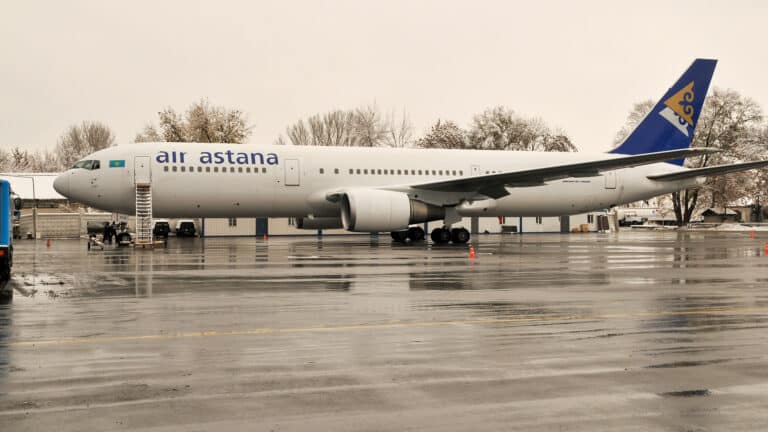
Kazakhstan authorities are planning to catch about 2,000 saiga antelopes for research and domestication, according to Andrey Kim, deputy head of the Forestry and Wildlife Committee.
The official said that scientists from the West Kazakhstan Agrarian and Technical University named after Zhangir khan, are establishing special breeding grounds to accumulate enough antelopes for research purposes. For example, scientists plan to domesticate the antelope and make it useful for national agriculture. The Institute of Zoology in Almaty is planning to do the same work.
“In this regard, we have given official permission to seize 1,815 calves from nature to keep them in semi-free conditions and survey the veterinary and biological state of the population. The document is a result of applications filled by scientific organizations.”
Andrei Kim
Talking about the saiga antelope, Kim cited the successful domestication of red deer which have become an essential part of the country’s agriculture.
According to the Ministry of Ecology of Kazakhstan, the country hosts 90% of the world’s saiga population (1.3 million antelopes). For comparison, in 2003, the authorities reported about just 21,000 animals.
Earlier this month, Vice Prime Minister Roman Sklyar ordered the Ministry of Ecology and Natural Resources to close the issue of shooting saiga antelopes from the population within this year.
Last year the authorities reported a wave of complaints from farmers in West Kazakhstan, who blamed the antelope for competing with livestock for forage.
Former Minister of Ecology Serikkali Brekeshev suggested shooting about 80,000 antelopes, citing scientists who believed this was the right time to regulate their quantity in the wild. However, after public outrage, President Kassym-Jomart Tokayev canceled the ministry’s decision and ordered the agency to develop an alternative plan.
The ministry extended the moratorium on shooting saiga antelopes in December of last year to 2024. The agency plans to prepare a strategy to restore rare animal populations and develop the hunting industry.













